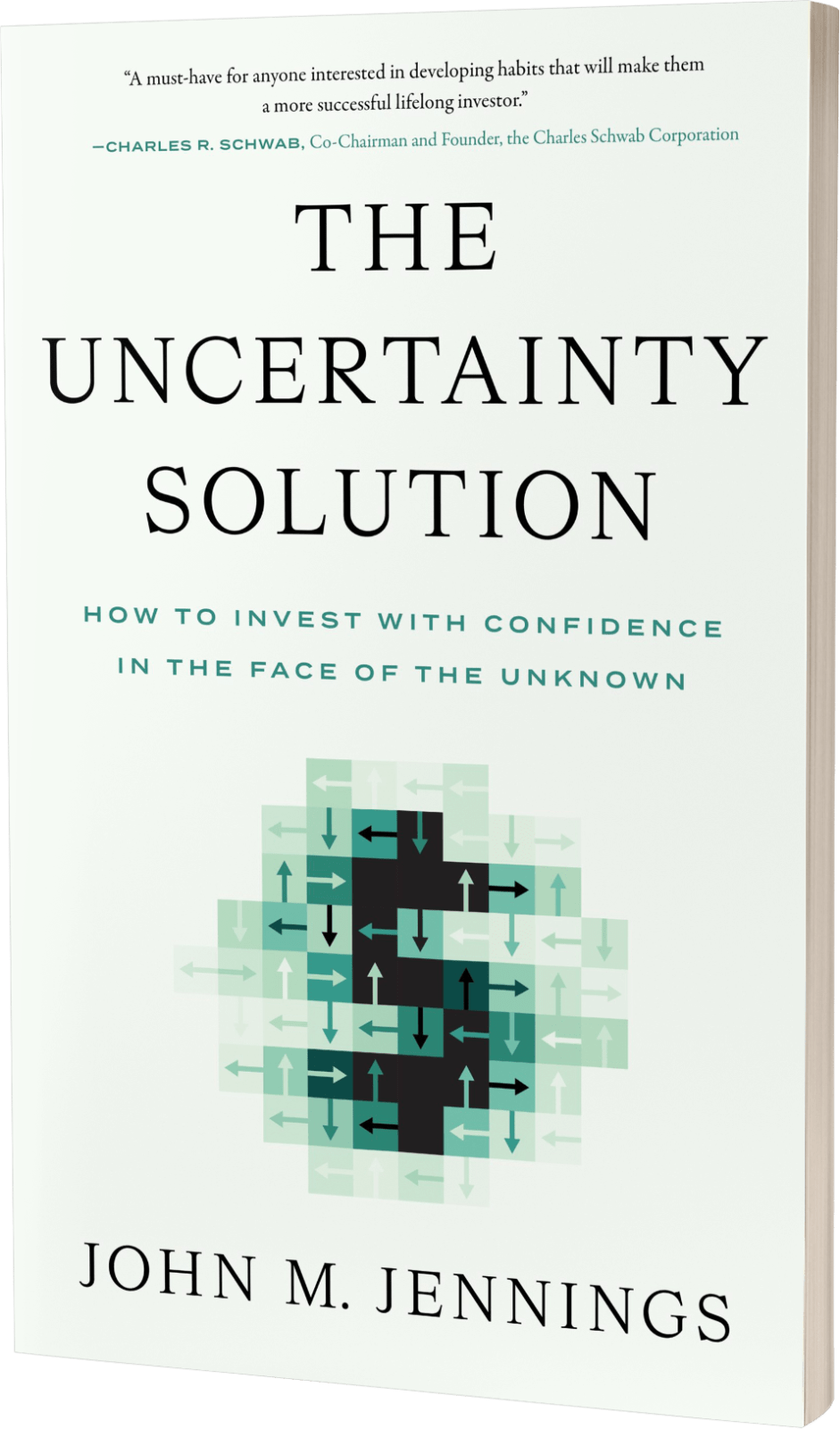
Astronomers and physicists know an amazing array of information
In the late 1600s Isaac Newton passed light through a prism and produced the familiar spectrum of colors – ROY G BIV – and then he passed the spectrum of colors back thru another prism and recovered white light. This is amazing if you think about it. Take any other medium of the colors and combine them and you would get a murky brown. But, colored light reconstitutes white light – kinda cool. Obviously, the seven colors are not discrete – they blend into each other and there really is a spectrum of visible colors, rather than separate colors.
In the early
So, what astronomers do is pass both visible and non-visible light through very advanced versions of prisms and from that they can tell a lot of information about faraway stars, planets, nebulas, clouds, etc. They can determine the chemical composition of a far-away celestial body, its temperature, how fast it is moving away from us – all based on the colors of light emitted and the spectral lines in the light as well as a lot of other information. In fact, a primary task of the large telescopes both on earth and in space is to collect light spectrum information of celestial objects.
The amount of information about stars, planets and other objects we are able to gain from spectroscopy is astounding. According to astronomer Neil DeGrasse Tyson: “in short, if it were not for our ability to analyze spectra, we would know next to nothing about what goes on in the universe.” Yet, due to spectroscopy, “one could make a compelling argument that we know more about the universe than the marine biologist knows about the bottom of the ocean or a geologist knows about the center of the Earth.”
Related IFOD on Exoplanets



0 Comments